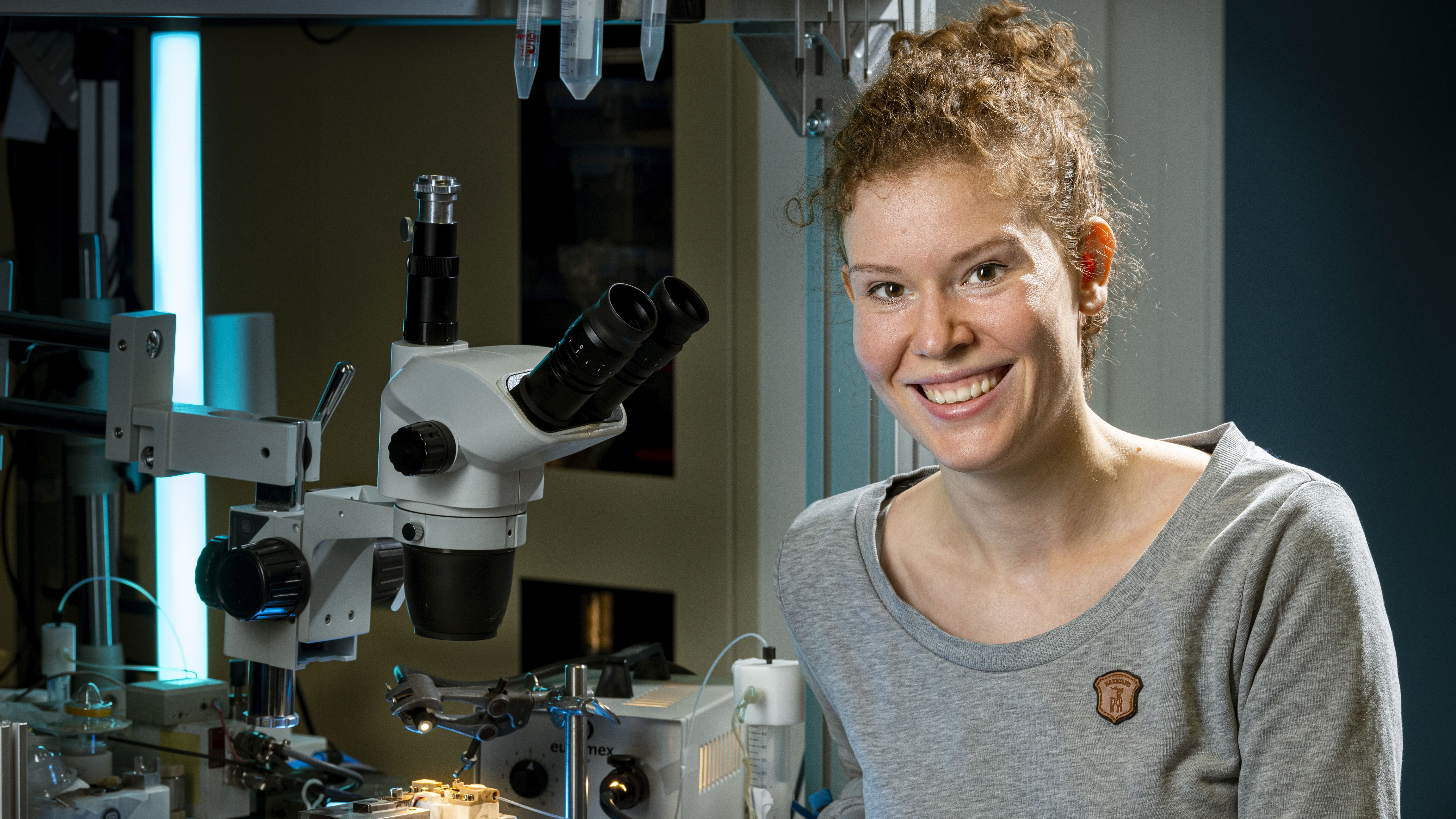Nanoparticles are omnipresent in our environment: viruses in indoor air, proteins in the body, as building blocks for new materials such as electronics or in surface coatings. Anyone who wants to make these tiny particles visible has a problem: they are so small that they are usually invisible under an optical microscope. Researchers at the Karlsruhe Institute of Technology (KIT) have developed a sensor with which they can not only detect nanoparticles, but also determine their composition and track their spatial movement. They have now presented their extremely sensitive and very compact detector, a novel Fabry-Pérot resonator, in the journal Nature Communications (DOI: 10.1038/s41467-021-26719-5).
Conventional microscopes generate highly magnified images of small structures or objects using light. However, because the nanoparticles hardly absorb or scatter any light due to their tiny size, they remain invisible. Optical resonators, on the other hand, amplify the interaction between light and nanoparticles: they trap light in a small space by reflecting it thousands of times between two mirrors. If a nanoparticle is located in the trapped light field, the nanoparticle interacts with the light thousands of times, so that the change in light intensity can be measured. "Because the light field has different intensities at different points in space, we can draw conclusions about the position of the nanoparticle in three-dimensional space," says Dr. Larissa Kohler from the Institute of Physics at KIT.
Resonator makes movements of nanoparticles visible
And that's not all: "When a nanoparticle is in water, it collides with the water molecules, which move in random directions due to thermal energy. The collisions cause the nanoparticle to perform a kind of trembling movement. We can now also reproduce this Brownian motion," says the expert. "Previously, it was not possible to track the spatial movement of a nanoparticle with an optical resonator, but it was only possible to say that the particle was in the light field or not," explains Kohler. In addition, the novel fiber-based Fabry-Pérot resonator, in which the highly reflective mirrors are located on the end surfaces of glass fibers, opens up the possibility of deriving the hydrodynamic radius of the particle, i.e. the thickness of the surrounding water shell, from the three-dimensional movement. This is crucial because it changes the properties of the nanoparticle. "For example, nanoparticles that would be too small without this shell can still be detected due to the hydration shell," says Kohler. The hydration shell around proteins or other biological nanoparticles could also have an influence on biological processes.
Sensor provides insights into biological processes
The researchers see potential applications for their resonator in the future detection of three-dimensional movement with high temporal resolution and the characterization of the optical properties of biological nanoparticles, such as proteins, DNA origami or viruses. The sensor could thus provide insights into biological processes that are not yet understood.


